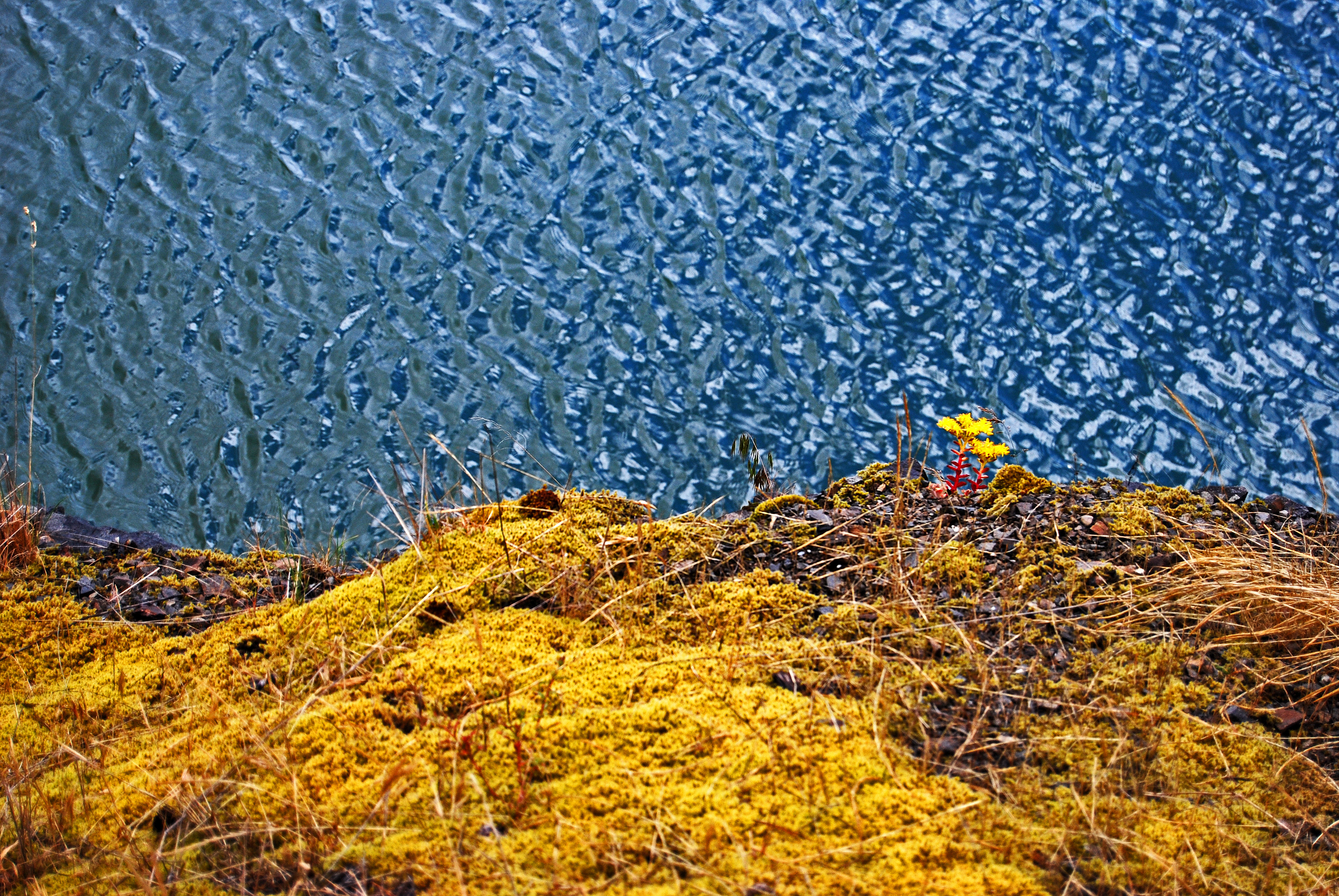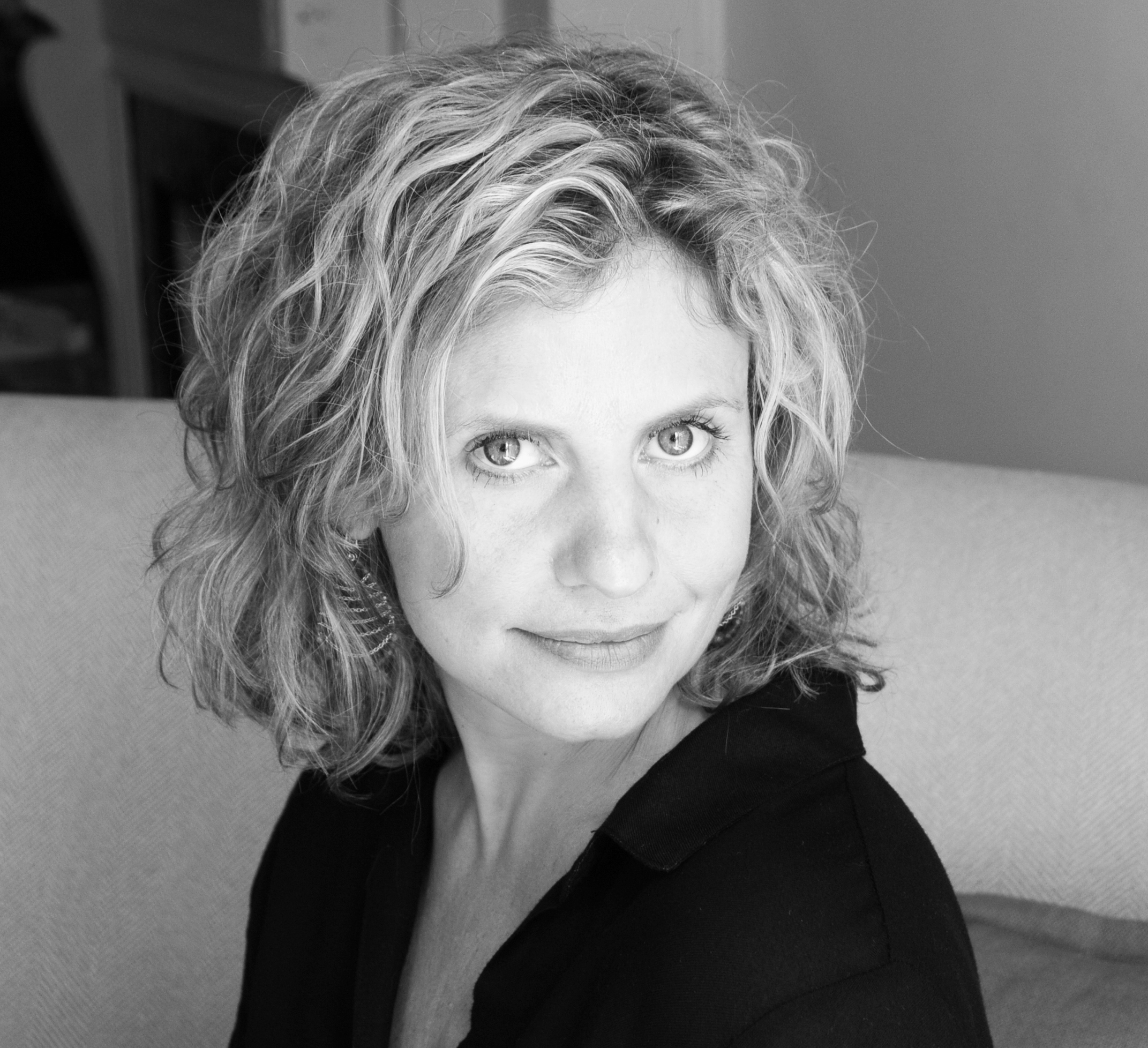How to Imagine a Fractal
Since (both) the sky and the heart operate in a finite pixel space, we can mostly ignore the paradoxes that arise from infinite recursion. We will instead construct our code without the intention of forever. Removing the notion of forever (-f) allows, ironically, for forever to emerge: The sky is, in this sense, as deep and wide as it is deep and wide. To understand this: Imagine blood vessels, say, broken in an old lover’s eyes, the one who smelled of crab cakes and musk, or, more compassionately, the vessels strikingly visible in the soft aging skin of your mother’s décolletage. Or is it yours? If the blood vessels yield nothing, imagine the weeping willow you sought solace under as a child. The South Carolina heat was oppressive. You hated the people that pressed in around you; not all of them, but the ones who pressed the hardest. This is not a story in your mind. You were really that girl. She was already you. The tree offered what shelter trees can offer, which is to say great shelter. The women who came before the women who came before the women who came before you lived under those trees, in those trees. They beat the sky with those limbs; those limbs beat the sky. More simply, you can imagine cauliflower, uneaten on your daughter’s plate. She doesn’t eat enough; she says she’s afraid of cream; she just turned six. Imagine a circle inside a circle, a heart inside a heart, hunger inside hunger. Draw a line from one side of the paper to the other. Erase the middle third of that line. Repeat step two for the remaining lines again and again and again. This is called an infinite set. (See George Cantor or your mother-in-law’s beauty parlor.) Now, step under those lines. Imagine they are limbs. Listen to the birds. Fight sleep. Be lulled by the algorithmic beauty of the tree, the back and forth of forever (-f) becoming what you already are.

Art Information
- “Plants (OR 39-1, Cougar Lake)” © Keith Moul; used with permission.
 Nicole Callihan writes poems, stories, and essays. Her work has appeared in the L Magazine; Cream City Review; Forklift, Ohio; and Painted Bride Quarterly, among other journals. Her books include SuperLoop, a collection of poems published by Sock Monkey Press in early 2014.
Nicole Callihan writes poems, stories, and essays. Her work has appeared in the L Magazine; Cream City Review; Forklift, Ohio; and Painted Bride Quarterly, among other journals. Her books include SuperLoop, a collection of poems published by Sock Monkey Press in early 2014.
She teaches at NYU and lives in Brooklyn with her husband and daughters. Find her on the Web at Nicole Callihan.
